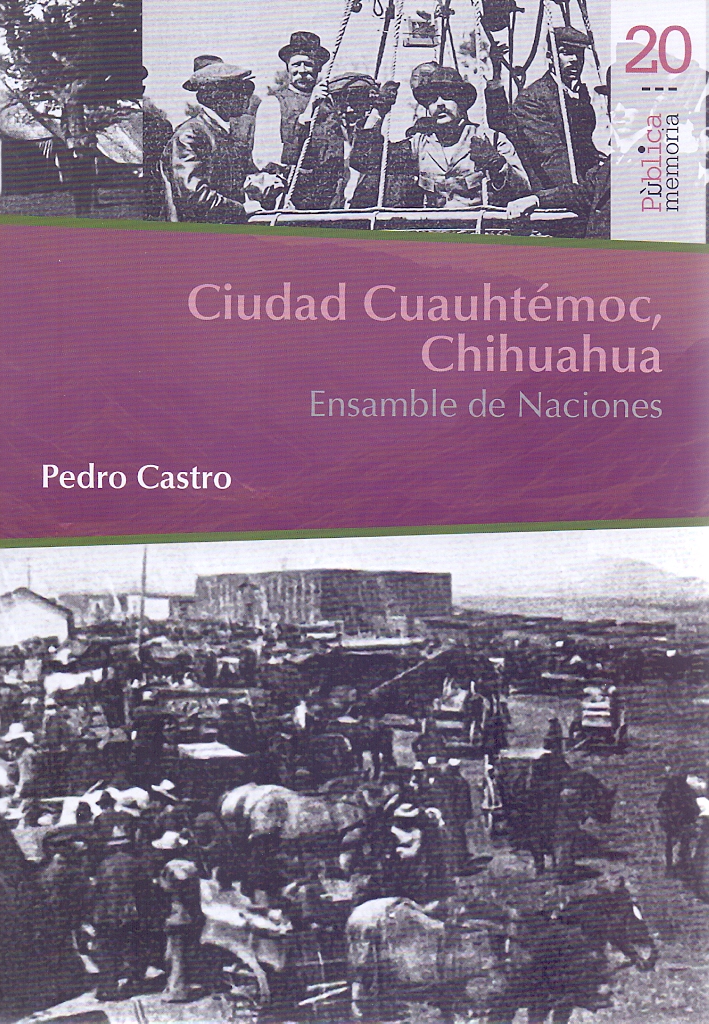Libros relacionados
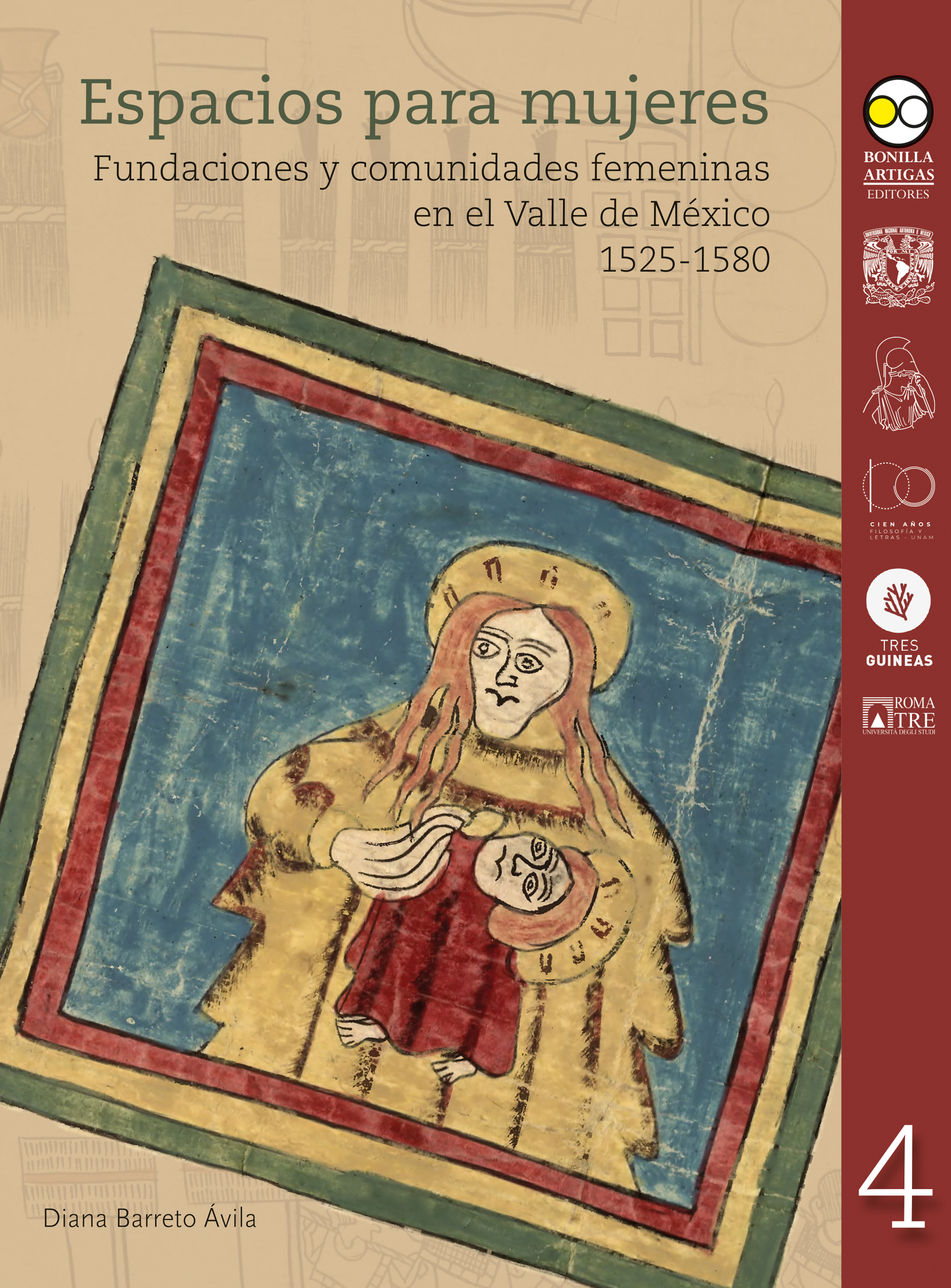 |
Espacios Para Mujeres: Fundaciones y Comunidades Femeninas en el Valle de Méxic Barreto Ávila, Diana Bonilla Artigas Editores |
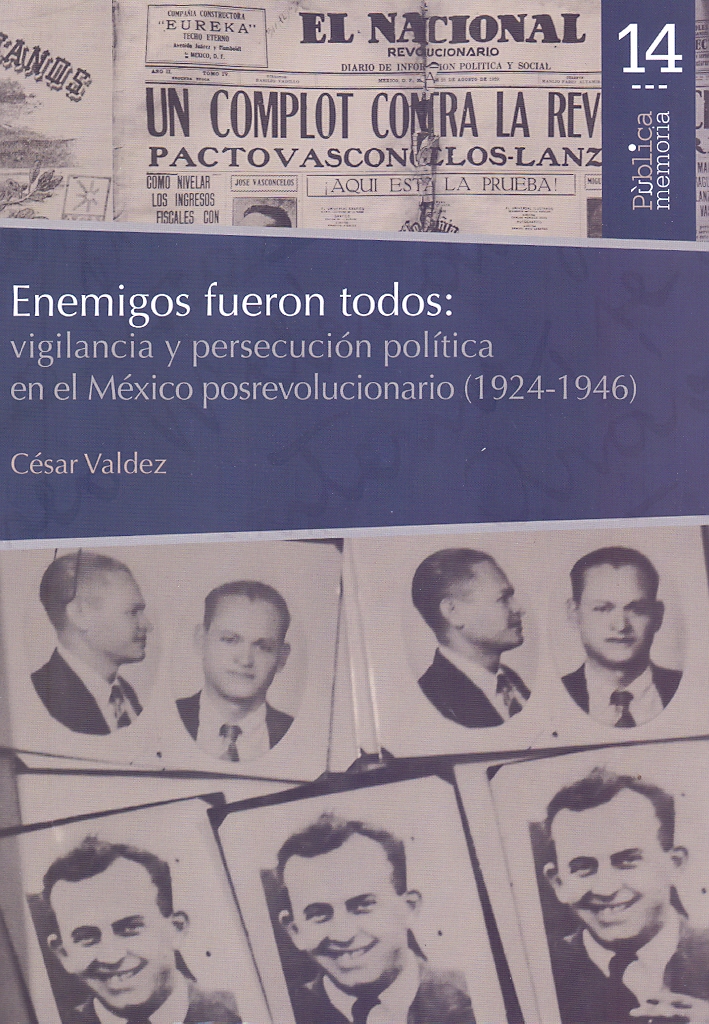 |
Enemigos Fueron Todos: Vigilancia y Persecución Política en el México Posrevoluc Valdez César Bonilla Artigas Editores |
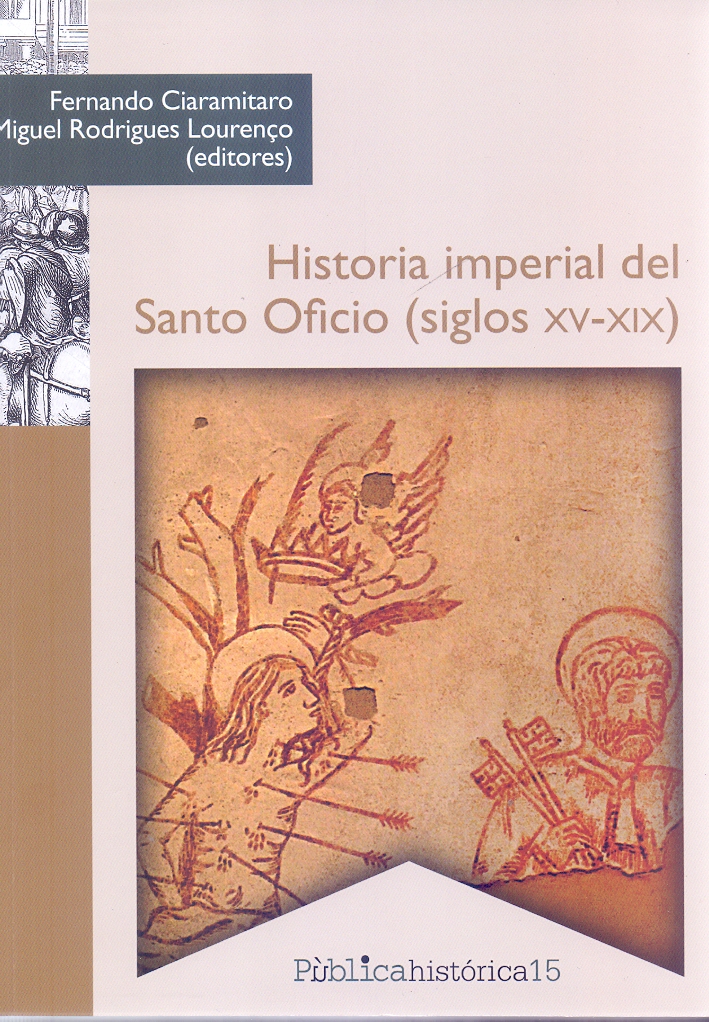 |
Historia Imperial del Santo Oficio (Siglos XV-Xix) Fernando Ciaramitaro, Miguel Rodrigues Lourenço Bonilla Artigas Editores |
 |
Comerciantes, Militares y Sacerdotes Vascos en el Mundo Hispánico del Siglo XVII Torales Pacheco, María Cristina Bonilla Artigas Editores |
 |
El Crisol y la Flama: Grupos Sociales y Cofradías en Pátzcuaro (Siglos XVI y XVI Flores García, Laura Gemma Bonilla Artigas Editores |
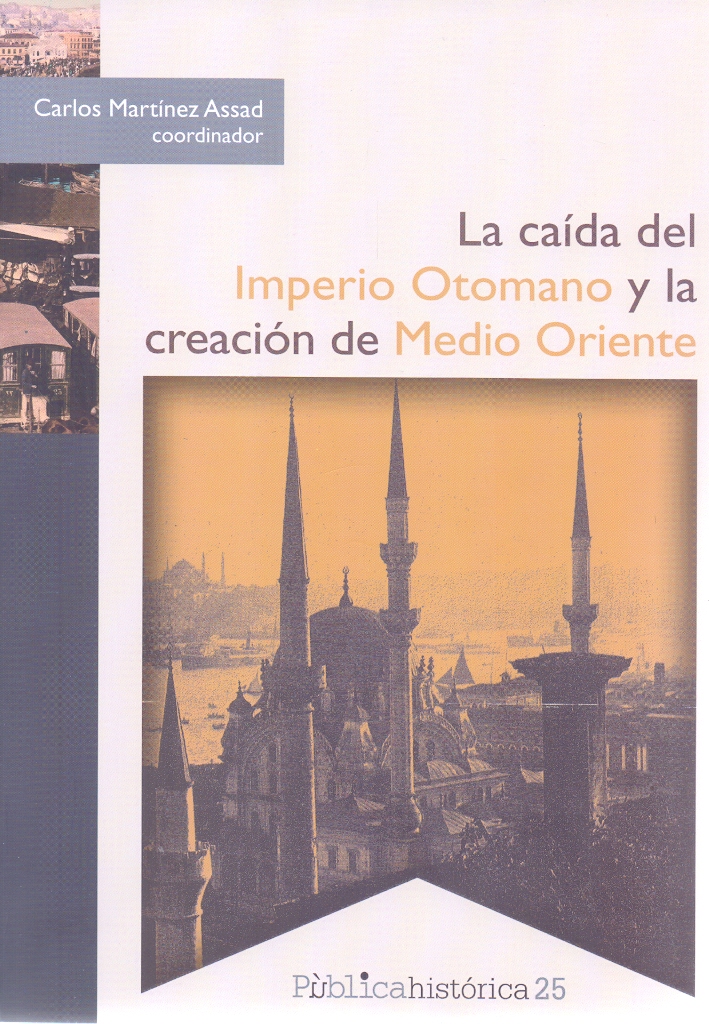 |
La Caída del Imperio Otomano y la Creación de Medio Oriente Carlos Martínez Assad Bonilla Artigas Editores |
 |
Exilio Español y Su Vida Cotidiana en México, El. Serrano Migallón, Fernando; Woldenberg José Bonilla Artigas Editores |


|
Título: Supreme Court And Capital Punishment: Judging Death | |
| Autor: Parrish, Michael E. | Precio: $1957.50 | |
| Editorial: Cq Press | Año: 2010 | |
| Tema: Historia, Justicia | Edición: 1ª | |
| Sinopsis | ISBN: 9780872897731 | |
| From the late nineteenth century to the present, decisions by the Supreme Court have played a significant role in how American governments, especially at the state level, have carried out the death penalty. With more than 3,400 prisoners, including 118 foreign nationals, now on death rows, the Court's role is not likely to diminish in this area over the next several decades, barring a major shift in state laws and public opinion.
Supreme Court and Capital Punishment, the second installment in CQ Press's "The Supreme Court's Power in American Government" series, explores how Supreme Court rulings over its history have shaped and reshaped the rules under which Americans have been tried, convicted, sentenced and put to death for capital offenses. Through judicial decisions and other primary documents, this reference explores the impact of these rulings upon the behavior of legislators, judges, prosecutors, defense attorneys and defendants. Considerable emphasis is placed upon the twentieth century, especially the period since the 1972 Furman v. Georgia case. Since Furman, few areas of constitutional doctrine have undergone more abrupt changes than Court-mandated standards for administering capital punishment. A second principal theme of this volume is an examination of the impact of race upon the long evolution of the Court's death penalty jurisprudence. As defendants and victims, African-Americans on trial for their lives in Southern courts became the central figures in the design and redesign of capital punishment in the twentieth century. The Court's "effective counsel" decisions have played a major role in how states shape their public defender systems and how they respond to the claims of impoverished defendants charged with capital crimes. |
||
Librería Bonilla SA de CV © Todos los derechos reservados. 2019
Última actualización: Jul 2019





